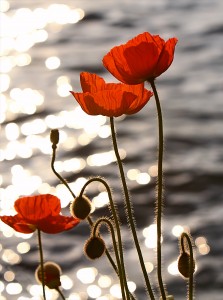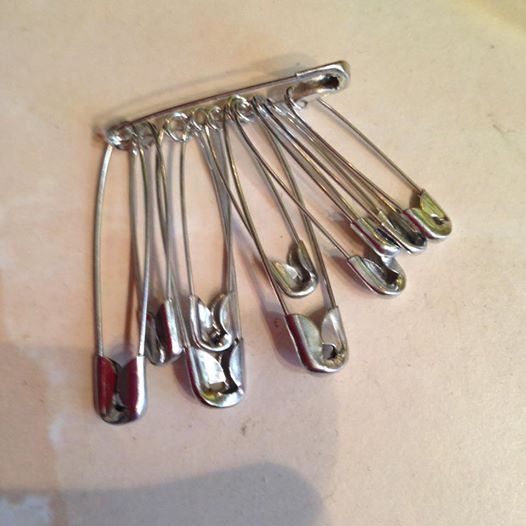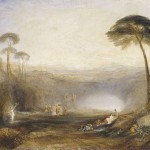
The Pagan festivals are less about a single day when we reflect on or celebrate a particular aspect of the cycle of life, death, and rebirth, and more about the the high watermark of the ebb and flow of a tide of energy.
The build up to Samhain has been intense this year, with the Patheos Pagan Ancestor Remembrance Project, and I really enjoyed dialoguing with Aliza Worthington from the Jewish channel, and hope that other similar collaborations between Patheos writers can happen in the future.
Aliza’s final post on the theme of ancestors and remembering her grandpa was about dreams. I have also dreamed of my grandparents. I dreamt of them in the mountains of the Summerlands (the Wiccan afterlife). They seemed happy. Aliza reflected on how dreams of one’s beloved dead seem like extra time with them. It certainly felt that way when I dreamt about my cat Harry, who died in 2011. In the dream, he rubbed his head on my hand, just like he did in life, and it was a really special dream.
This year I had the privilege of attending a friend’s Samhain ritual, and one very powerful aspect of it was going alone to the ancestor altar to commune with our beloved dead. Mine came rushing to meet me and I found it very moving. Afterwards there was a shared meal and we all put food on a plate for the ancestors, who had their own place at the table.
I didn’t make my own ancestor altar in the end, or visit the graves of any of my beloved dead, but I did focus on them and think about them.
I am glad to see that the Wiccan community is currently fundraising for a gravestone for one of our beloved dead and founders, Eleanor Bone. This is particularly appropriate since it was Eleanor who raised funds to ensure that Gerald Gardner had a gravestone (he is buried in Tunis).
Eleanor “Ray” Bone is a prominent figure in the history of Wicca. She was an initiate of Gerald B. Gardner and for many decades Eleanor was the High Priestess of a coven in London. She is often known as the Matriarch of European Wicca, because most Gardnerian initiates in Europe trace their roots to Ray Bone’s coven.
Remembering and honouring the dead is really important in a number of religious traditions. These are the people that made us who we are, shaping our lives and the world around us. If it wasn’t for the pioneers of Wicca, there would be no Wiccan tradition.
But the season of remembrance is not at an end. The tide of Samhain ebbs until it rises again as the tide of rebirth at Yule. And on the way to the turning of the tide, there is Remembrance Day on 11 November. I don’t know how many Pagans actually do ritual for 11 November, but I am sure many of us will be wearing poppies – red, white, or mauve, or all three. The red poppy focuses on remembering veterans, though some fear that it is being used to glorify war. The white poppy focuses on promoting peace. The mauve poppy is in remembrance of animals killed in war. I was glad to find, a few years ago, a memorial to animals killed in war on Park Lane in London.
A few years ago I had the privilege of leading a service for Remembrance Sunday in a Unitarian church, and I focused on the sorrow of war, and the need to work for peace, but also the paradox that war can give rise to heroism too.
I wonder why we as Pagans don’t create rituals for remembrance of the victims of war? Is it because Samhain is such an intense experience that we don’t feel the need? Is it because some remembrance services seem to glorify war? Or is it because we don’t have the confidence (or the opportunity) to create public rituals for the whole community?












